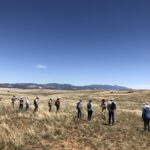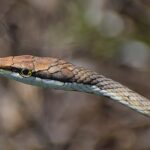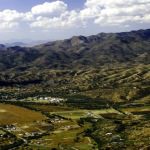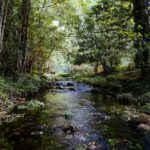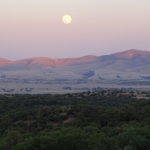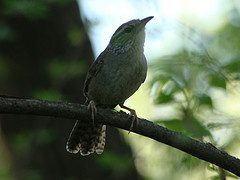
Sinaloa Wren ©Matthew C. Brown
The Patagonia Mountains are full of biological diversity. The mountains cross the border into Mexico, creating a virtual bridge for plant and animal species to the south. Consequently, we have many species from Mexico that are only found in the United States in Patagonia. Birders already know that the Sinaloa Wren can be seen in the States in Patagonia, Arizona. The Patagonia Mountains also provide important wildlife corridors and habitat for large mammals such as jaguars, ocelots, bears and mountain lions. To catalog and substantiate this biodiversity, we hosted Patagonia BioBlitz Days.

BioBlitz Activities with Arizona Public Media ©Glen E Goodwin
What’s a BioBlitz? It’s an intense biological survey conducted in a short amount of time with the goal to record as many specimens as possible. We hosted a BioBlitz for the Patagonia Mountains with Sky Island Alliance and scientists from all over the Southwest on April 26-28, 2013. A crew from Arizona Public Media was on hand on Friday to record some of the action. See “Nature by the Numbers” by Tony Paniagua on Arizona Illustrated Nature.
The data collected from the BioBlitz is being posted onto the Sky Island Alliance database called the Madrean Archipelago Biodiversity Assessment (MABA) Project. The project is managed by Dr. Tom Van Devender who brings a wealth of knowledge about the sky islands from a lifetime of research on both sides of the border. Preliminary plant results from the Patagonia BioBlitz can be found here. We’ll make further announcements as more data is interpreted and posted to the MABA website.
Read the Final Report: Patagonia BioBlitz
Partial funding for the Patagonia BioBlitz was received by a grant from Patagonia®. We plan to use the Patagonia BioBlitz findings to block new mining activity in the Patagonia Mountains.


